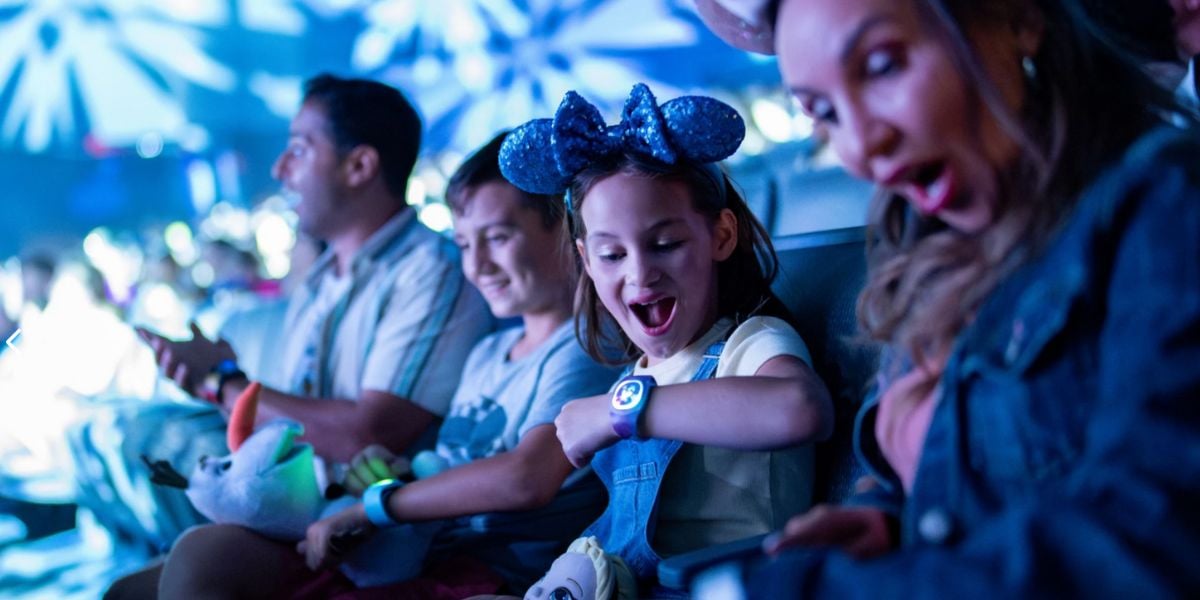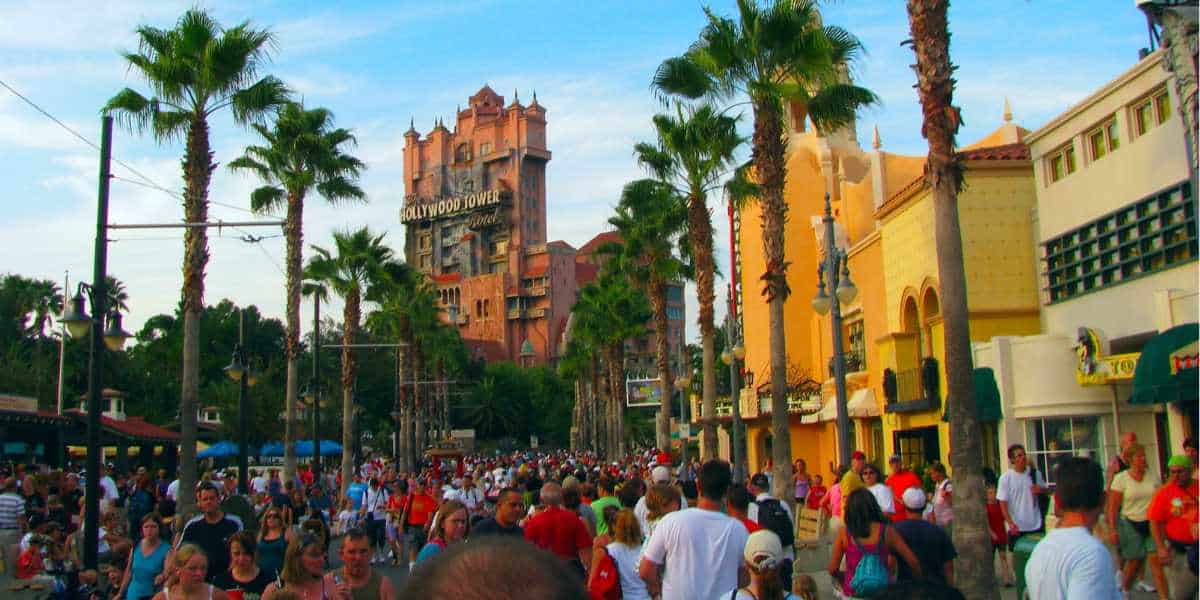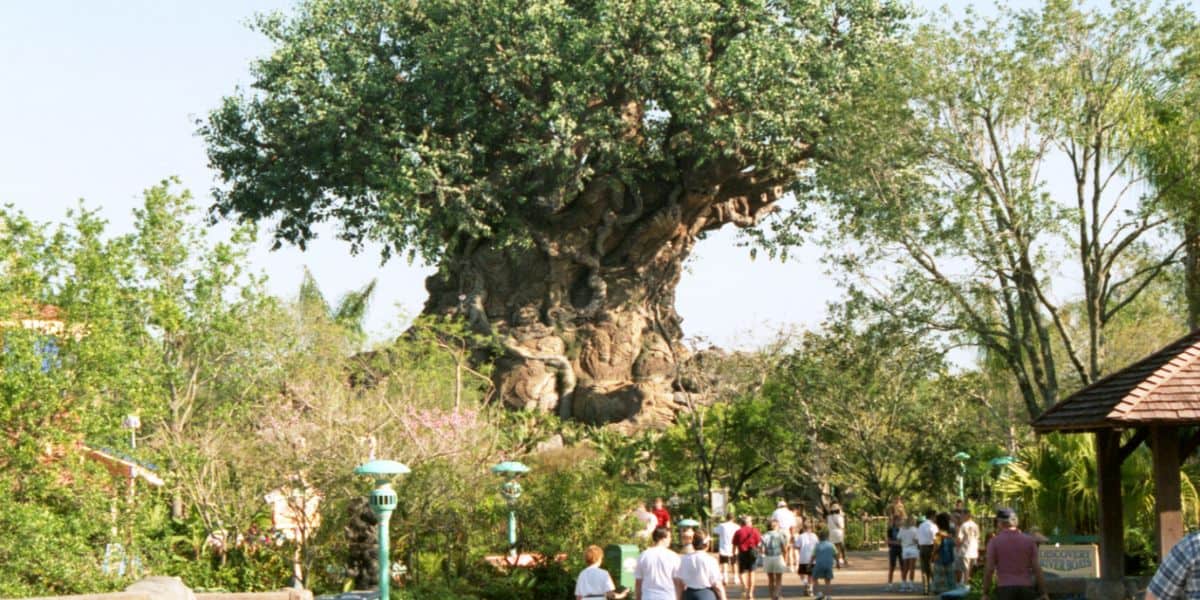Something is making Disney World fans seriously uneasy — and it’s not a surprise ride malfunction or an unexpected character sighting. It’s Disney’s growing ability to know exactly where you are when you’re in the parks. What might sound like something out of a sci-fi movie is, in reality, built right into the vacation experience.
Disney calls it technology designed to “enhance your visit.” But many guests are starting to wonder if there’s a line between convenience and surveillance. The way Disney tracks guest location — through a mix of MagicBands, biometric scans, and app-based location services — has sparked a wave of online chatter and concern. And honestly, a lot of fans think it’s downright creepy.
Let’s break down how Disney can keep tabs on you when you’re in the parks, why it matters, and why it’s giving some guests the chills.

How Disney Uses Biometrics to Track Entry
The tracking starts the second you walk through the turnstiles. To get into the park, guests scan their ticket or MagicBand and place a finger on a biometric scanner. That fingerprint scan isn’t just about keeping people honest — it links your identity to your admission.
By doing this, Disney can see who’s in a specific park at any given time. It’s a way to monitor attendance beyond just ticket sales or reservations. This becomes especially useful on “Good to Go” days when Annual Passholders can visit without a reservation or when people have flexible multi-day tickets. Disney can accurately know how many guests are inside the park even without reservations.
While that might sound efficient from an operational standpoint, many guests find it unsettling that their fingerprint data is part of the equation.

A Digital Trail at Your Wrist
Then there are MagicBands. These colorful wristbands may appear innocent, but they play a significant role in Disney’s tracking ecosystem. Every time you tap your MagicBand to enter a Lightning Lane, pay for a snack, or interact with a character statue, it creates a data point.
Disney clarifies that MagicBand+ isn’t a GPS tracker in the traditional sense. It doesn’t constantly send signals of your location. But Disney can detect where and when you tap your band. That means they can piece together a surprisingly clear trail of your day.
This information is incredibly valuable to Disney. It helps them determine which attractions are drawing the largest Lightning Lane crowds, how guests navigate through the parks, and even what kind of merchandise or food people purchase along the way.
For guests, though, the idea that a simple wristband can build a virtual map of your every step feels a little too personal.

The Real-Time Tracker in Your Pocket
The real game-changer, though, is the My Disney Experience app. It’s optional to turn on location services — but once you do, Disney can see your movements throughout the parks in real time.
Disney isn’t literally zooming in on you individually. Instead, the data paints a picture of crowd flows, hot spots, and attraction demand. But it also allows Disney to know where people are clustering at any given moment. That’s how they anticipate crowd surges at popular rides and redirect guests with in-app recommendations.

For example, if Haunted Mansion is already at a 50-minute wait and the system detects more people heading there, the app might quietly suggest you go later. It’s a clever way to manage traffic. However, to do that, it must track you.
The convenience factor is undeniable. You get step-by-step directions through the park, nearby restaurant options, restroom locations, and real-time walk-up dining availability. But that level of connectivity comes at a price: Disney now has a record of exactly where your phone is — and when.

Why Fans Are Freaked Out
When you examine each component of this system individually, it may not seem like a significant issue. But together? It paints a pretty complete picture of where you are, what you’re doing, and how you’re spending your time. That’s what has so many Disney guests on edge.
Some visitors have taken to forums and social media to say they had no idea just how much of their day could be logged through routine park activities. Others worry about data security and how this information could be used down the line. Although Disney has clear policies in place, the sheer scale of data collection can be overwhelming.
Another significant sticking point is that most of these systems are already integrated into Disney’s current operations. Avoiding them entirely means missing out on many conveniences. Skipping the app can make navigation harder. Not using MagicBands means more fumbling with tickets and cards. And fingerprint scans at entry aren’t really optional if you want to get inside.

What Guests Can Do to Limit Tracking
For anyone who’s creeped out by all this, there are a few ways to minimize how much data you hand over.
Skip location services: You can use the My Disney Experience app without turning on location tracking, though you’ll lose some convenient features.
Use alternatives to MagicBand: Paying with cash or a credit card instead of tapping your band limits how much Disney can track your purchases.
Minimize MagicBand interactions: The fewer times you tap, the fewer data points you leave behind.
Understand what’s optional: Biometrics are required for park entry, but location services are not.
While these steps won’t make you completely invisible, they can reduce the amount of personal data collected during your visit.

The Bottom Line
Disney’s location tracking system isn’t some shadowy secret. It’s baked into the infrastructure of a modern Disney vacation — a combination of biometrics, app-based services, and MagicBand tech. For some, it’s a welcome bit of magic that makes their trip smoother. For others, it’s a digital net that feels far too tight.
As Disney leans more into technology-driven experiences, this conversation isn’t going anywhere. Guests are weighing convenience against privacy, and not everyone is landing on the same side. Whether you embrace the system or avoid it where you can, one thing is clear: the days of truly anonymous theme park visits are long gone.
For many fans, that realization is unsettling—and yes, a little creepy.
